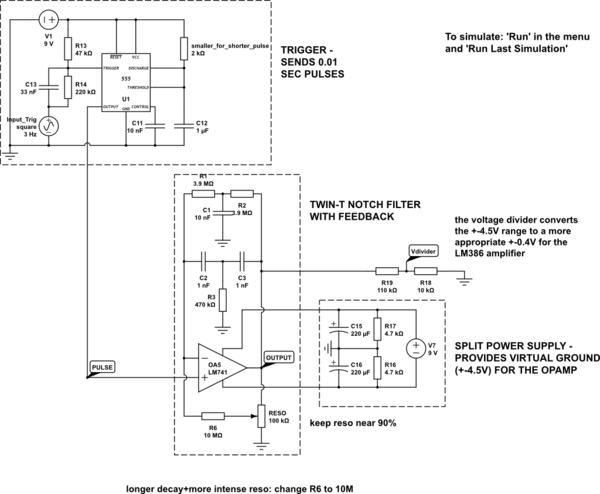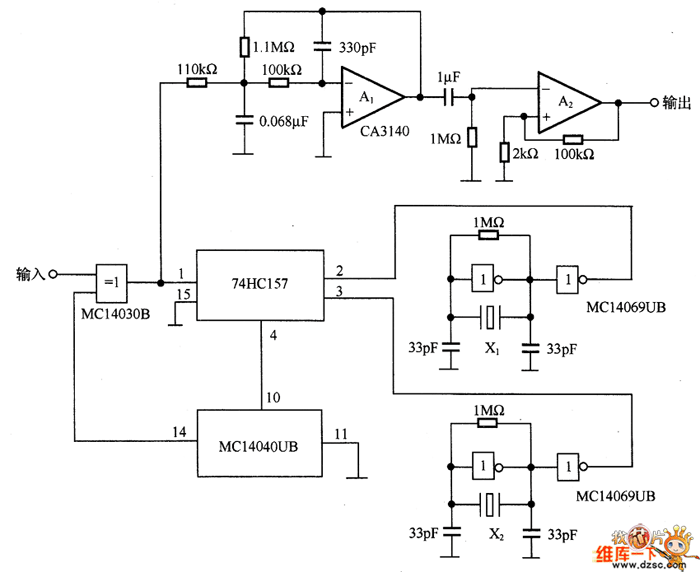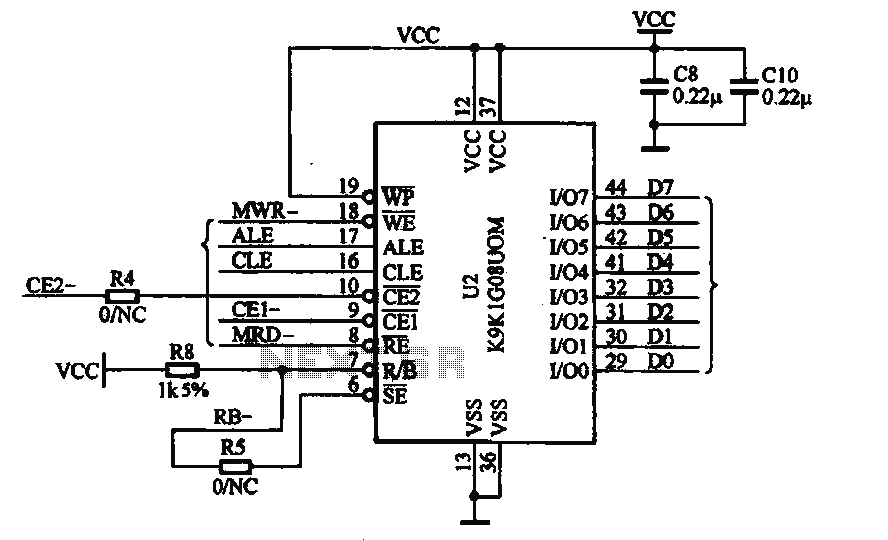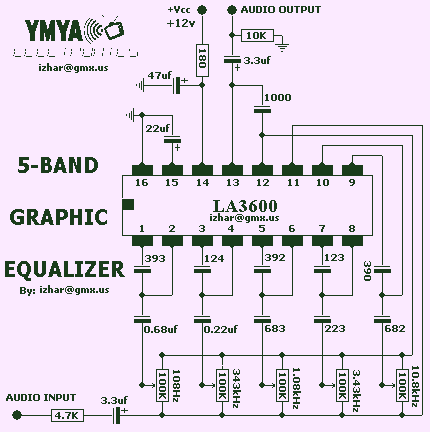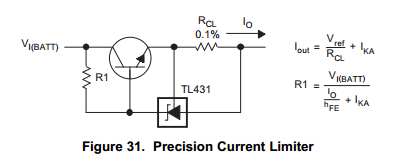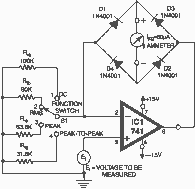
Audio Dynamic Noise-Reduction System Circuit
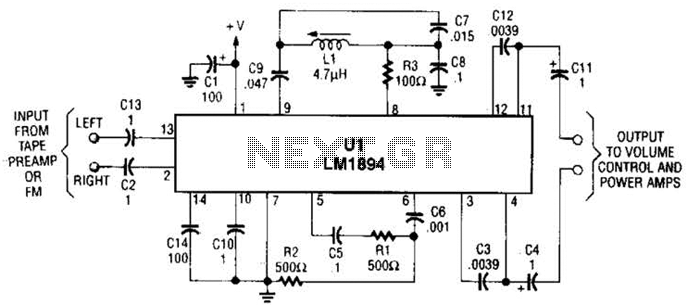
UL is a dedicated integrated circuit (IC) from National Semiconductor that achieves up to 10 dB noise reduction through an adaptive bandwidth scheme and a psychoacoustic masking technique.
The UL integrated circuit is designed to enhance audio performance by significantly reducing background noise levels. The adaptive bandwidth scheme employed by the IC dynamically adjusts the bandwidth of the audio signal based on the surrounding noise environment. This ensures that only the relevant audio frequencies are amplified while minimizing the impact of unwanted noise.
In addition, the psychoacoustic masking technique leverages human perception of sound to further improve noise reduction. By identifying frequencies that are less perceptible to the human ear, the IC can mask unwanted sounds, allowing for a clearer and more enjoyable listening experience. This dual approach of adaptive bandwidth adjustment and psychoacoustic principles makes the UL IC particularly effective in various applications, including consumer audio devices, professional audio equipment, and communication systems.
The integration of these advanced techniques within a single chip allows for a compact design that can be easily incorporated into various electronic systems. The IC typically features multiple input and output options, enabling seamless integration with existing audio circuits. This flexibility makes it suitable for a wide range of applications, from portable audio devices to complex sound systems in larger installations.
Overall, the UL IC represents a significant advancement in noise reduction technology, providing users with high-quality audio performance in challenging acoustic environments. Ul is a dedicated IC (National Semiconductor) that achieves up to 10 dB noise, reduction by an adaptive bandwidth scheme and a psycho acoustic masking technique. 🔗 External reference
The UL integrated circuit is designed to enhance audio performance by significantly reducing background noise levels. The adaptive bandwidth scheme employed by the IC dynamically adjusts the bandwidth of the audio signal based on the surrounding noise environment. This ensures that only the relevant audio frequencies are amplified while minimizing the impact of unwanted noise.
In addition, the psychoacoustic masking technique leverages human perception of sound to further improve noise reduction. By identifying frequencies that are less perceptible to the human ear, the IC can mask unwanted sounds, allowing for a clearer and more enjoyable listening experience. This dual approach of adaptive bandwidth adjustment and psychoacoustic principles makes the UL IC particularly effective in various applications, including consumer audio devices, professional audio equipment, and communication systems.
The integration of these advanced techniques within a single chip allows for a compact design that can be easily incorporated into various electronic systems. The IC typically features multiple input and output options, enabling seamless integration with existing audio circuits. This flexibility makes it suitable for a wide range of applications, from portable audio devices to complex sound systems in larger installations.
Overall, the UL IC represents a significant advancement in noise reduction technology, providing users with high-quality audio performance in challenging acoustic environments. Ul is a dedicated IC (National Semiconductor) that achieves up to 10 dB noise, reduction by an adaptive bandwidth scheme and a psycho acoustic masking technique. 🔗 External reference
Warning: include(partials/cookie-banner.php): Failed to open stream: Permission denied in /var/www/html/nextgr/view-circuit.php on line 713
Warning: include(): Failed opening 'partials/cookie-banner.php' for inclusion (include_path='.:/usr/share/php') in /var/www/html/nextgr/view-circuit.php on line 713
